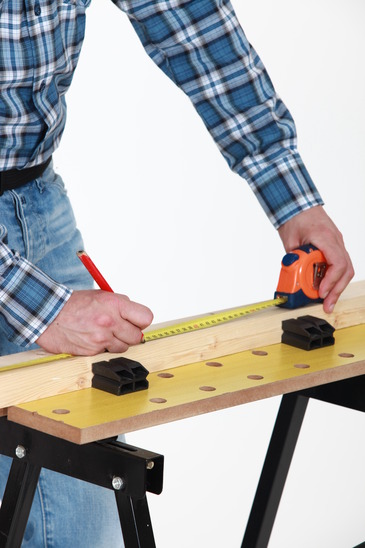 Two weeks ago we addressed the topic of subcontractors vs. in-house employees from a client’s point of view – why your clients can be better served if you use subcontractors instead of in-house employees to build their project.
Two weeks ago we addressed the topic of subcontractors vs. in-house employees from a client’s point of view – why your clients can be better served if you use subcontractors instead of in-house employees to build their project.
We’re going to address this topic again but from a different point of view. Do you need employees in order to have the most profitable construction business?
I took a phone call from a contractor who recently met with a group of fellow construction business owners. This contractor will build between one and two million in sales this year, and he was told by his fellow contractors that he needs to revert to an all employee model if he wants to make this happen profitably. Apparently, the other contractors have bought into the idea that employees are better than subs.
I’m a firm believer in networking with our peers. We can learn a lot from each other. But it’s also possible to get bad advice from these peer groups, and I think that’s the case here.
Our experience, the experience of contractors that we’ve talked with, and the experience of our coaching clients tells us that the most profitable construction business is a three person team. In many cases that’s a married couple with one employee. Sometimes it’s a business owner with two employees. One manages the office. One handles sales, and the third is in charge of production. From that base, they build jobs using subcontractors. The small miscellaneous items that can’t be subbed out will be completed by the production person or possibly a handyman type person hired as needed to clean up punch lists.
This company structure might not sell as large a dollar volume as companies with more employees, but it is almost always more profitable as a percent of sales. And that percent, sometimes, makes up for the lower volume.
Now, when your company starts selling more jobs than your one production person (job superintendent, production manager) can build, you’ll need to add more employees. But if you’re smart, you’ll hire an additional job superintendent, first as an assistant to your production person for training. Or you’ll implement the Lead Carpenter system.
In either case, you’re still better off using subs on your jobs as much as possible. I outlined some of those advantages two weeks ago (Subcontractors or In-House Employees?). Another advantage of subs over employees is that all too often, we feel a responsibility to keep our employees working. Every construction worker should know that slowdowns happen, and when they happen . . . you go home. But too many contractors don’t want to send their employees home, so they’ll create make-work jobs, either around their own home or in the shop. It’s a laudable goal, but the money to pay their wage while on those make-work projects comes out of your pocket.
You aren’t in business to provide jobs. You’re in business to provide a service to your clients and make a profit doing it. If you don’t provide a service and you don’t make a profit, you won’t be in business for long. And if you go out of business, everyone loses their job.
Many contractors like to handle the production side of the business. And they have a tough time growing because they don’t trust anyone else to build jobs the way they’d build them. Properly trained, a good job superintendent or lead carpenter will be able to handle production responsibilities, allowing your business to grow, if you’re willing to let them.
The knowledge and experience Michael Stone gained in his 60+ years in construction has helped thousands of contractors improve their businesses and their lives. He is the author of the books Markup & Profit Revisited, Profitable Sales, and Estimating Construction Profitably, and is available for one-on-one consultations as needed.

 wpDiscuz
wpDiscuz